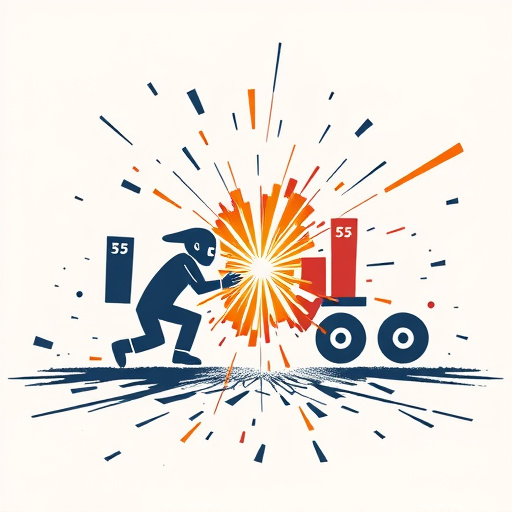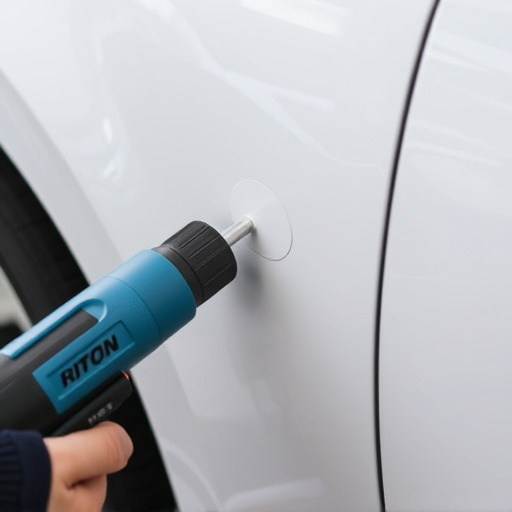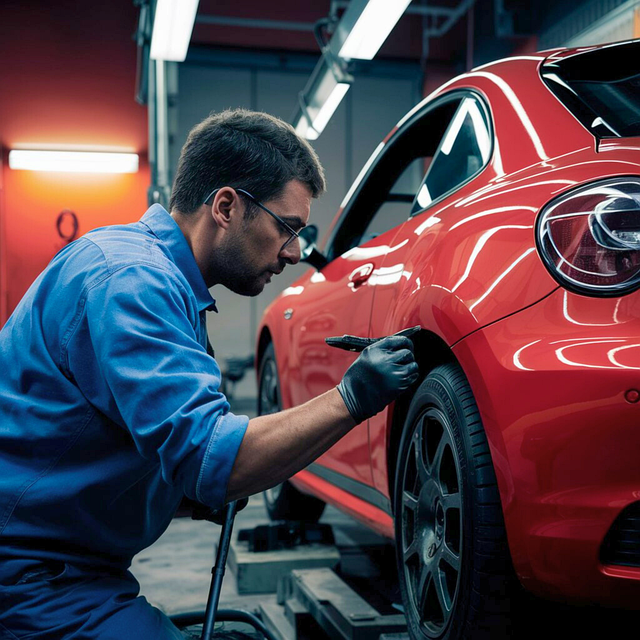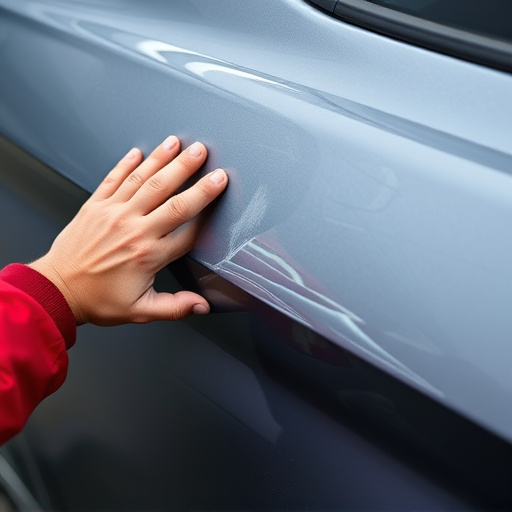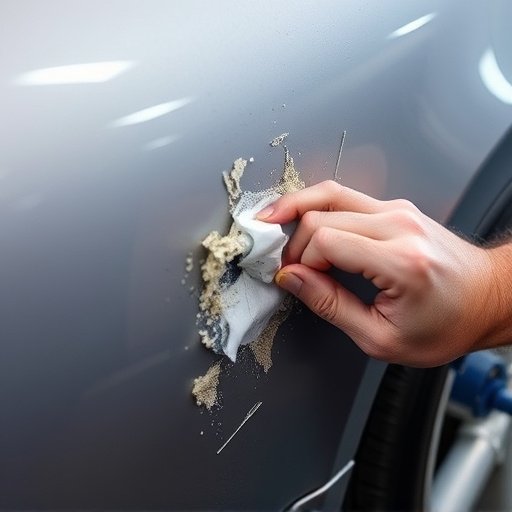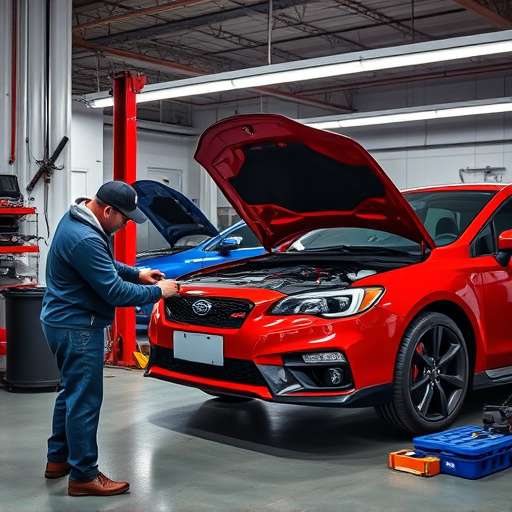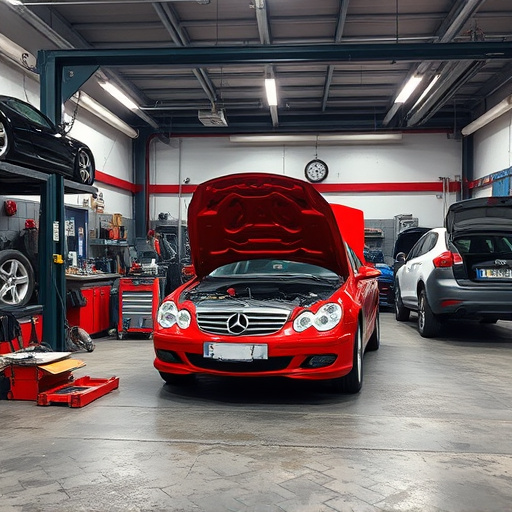The aftermarket auto glass industry has revolutionized the way vehicle repairs are handled, offering diverse and efficient solutions that benefit both owners and body shops. Technological advancements have improved manufacturing, resulting in high-quality, cost-effective products that meet stringent safety standards and enhance driver safety and environmental consciousness. Precision cutting, specialized coatings, and better laminating techniques make these glasses stronger and more impact-resistant, while personalized options like tinted windows offer style and privacy.
The aftermarket auto glass industry has undergone a remarkable transformation, reshaping the automotive landscape. No longer confined to simple repairs, this sector has evolved into a dynamic market offering tailored solutions and advanced technologies. From enhancing safety standards with impact-resistant glasses to embracing sustainable practices, aftermarket auto glass providers are revolutionizing vehicle maintenance. This article explores these shifts, delving into the historical evolution, current trends, and future implications for both businesses and consumers alike.
- Evolving From Traditional Auto Glass Repair
- The Rise of Customized Solutions and Technologies
- Enhancing Safety and Sustainability Standards
Evolving From Traditional Auto Glass Repair
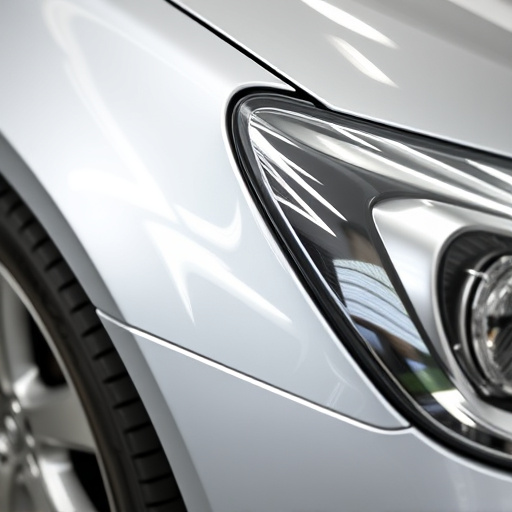
The auto glass industry has undergone a remarkable transformation, evolving far beyond the traditional auto glass repair process. In the past, when a vehicle sustained damage, whether from an accident or weather-related incidents like hail storms, the only option was to replace the entire windshield or window. This often meant significant downtime for vehicle owners and increased costs for body shops. However, the advent of aftermarket auto glass has revolutionized this landscape.
With advancements in technology and materials science, aftermarket auto glass now offers a range of innovative solutions. Specialized techniques like frame straightening can realign damaged frames without replacing the entire pane, significantly reducing repair times and expenses. Body shop services have also benefited from these developments, as they can now provide more efficient and cost-effective collision damage repairs. This shift has not only empowered vehicle owners with faster turnaround times but has also encouraged a more sustainable approach to auto glass replacement and repair.
The Rise of Customized Solutions and Technologies
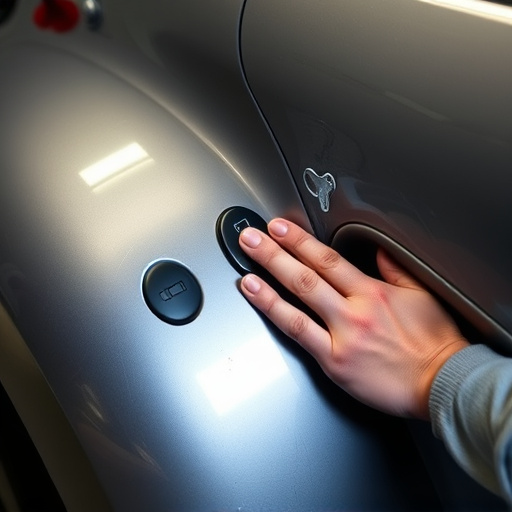
The aftermarket auto glass industry has been a game-changer, transforming how businesses operate in the automotive sector. With an increasing demand for customized and innovative solutions, manufacturers have had to adapt and evolve their strategies. This shift towards personalization is a key driver of change, allowing drivers to enhance their vehicles with unique glass options tailored to their preferences. From tinted windows offering privacy and style to specialized glass designed for better visibility in various weather conditions, the possibilities are endless.
Technological advancements play a pivotal role in this evolution. Modern technologies enable precise manufacturing processes, ensuring high-quality products that meet or exceed safety standards. These innovations have revolutionized auto glass replacement, making it faster, more efficient, and often more cost-effective than ever before. This is particularly beneficial for collision repair services, as they can now offer customers quicker turnaround times and top-notch restoration for their vehicles, all while utilizing the latest aftermarket auto glass solutions.
Enhancing Safety and Sustainability Standards
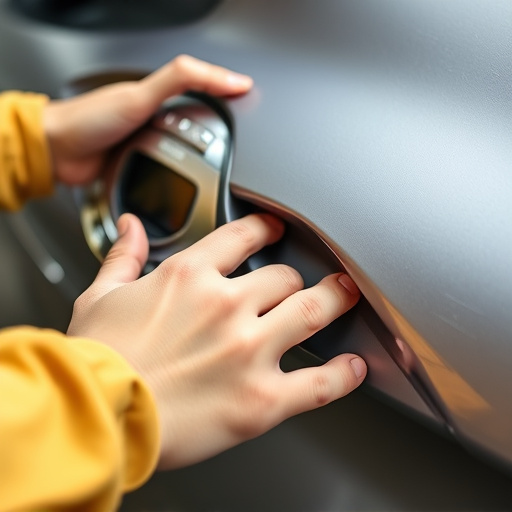
The aftermarket auto glass industry has played a pivotal role in enhancing safety and sustainability standards in the automotive sector. With the increasing demand for high-quality, reliable, and cost-effective vehicle repair services, this industry has emerged as a game-changer. Aftermarket glass manufacturers now adhere to stringent quality control measures, ensuring that their products meet or exceed original equipment manufacturer (OEM) standards. This commitment to excellence not only guarantees better safety but also promotes environmental sustainability through the use of eco-friendly materials and production methods.
The integration of advanced technologies has further elevated the standards in aftermarket auto glass. These innovations include improved manufacturing processes, such as precision cutting and laminating techniques, which result in stronger, more impact-resistant glass panels. Additionally, the incorporation of specialized coatings and treatments enhances the glass’s ability to block harmful UV rays, reduce glare, and improve overall visibility—crucial factors in ensuring driver safety and comfort during vehicle repair or replacement.
The evolution of aftermarket auto glass has transformed not just how we repair and replace windshields, but also enhanced safety and sustainability standards across the industry. From traditional repairs to advanced technologies and customized solutions, this dynamic market continues to adapt to meet modern transportation needs. As consumer demands grow for both functionality and aesthetics, the future of aftermarket auto glass looks bright, promising even more innovative and efficient solutions on the horizon.
